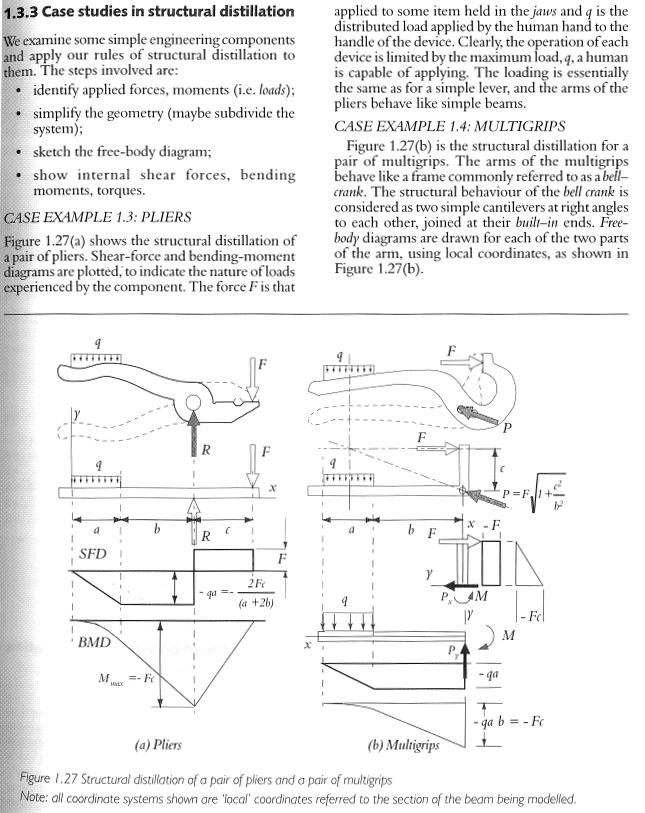“I seek not to know the answers, but to understand the questions.” Caine (1972).
A famous quote; and sensible advice. Too often a student exclaims, “I want to design cars”. To which they generally receive the response from a lecturer; “Great, what do you know about cars?”. This may or may not prompt the student into quoting facts from Top Gear about Bugatti Veyrons and how badly a Mitsubishi Lancer corners. This is not a good start.
In order to move forward to the Detail Design stage, a student must first understand what has gone before. As with the Market Research section where a student must explore similar technologies to that which they are asked to design; so must they understand the mechanisms and structure of simple mechanical devices. Thus, they must apply their knowledge of other subjects such as Engineering Sciences and Materials in order to create a new design. Without this…well I’ll let Lord Kelvin explain who knew about a hot topic or two;
“When you can measure what you are speaking about, and express it in numbers, you know something about it; but when you cannot measure it, when you cannot express it in numbers, your knowledge is of a meagre and unsatisfactory kind. It may be the beginning of knowledge, but you have scarcely, in your thoughts, advanced to the stage of science.”
Lord Kelvin, 1891.
Structural Distillation
This section draws on the idea of design being an umbrella term; a manangement process, that draws on other subjects to help a student understand the world around them. The following is transcribed from;
Samual A, Weir, J. (1999) Introduction to Engineering Design. Modelling, Synthesis and Problem Solving Strategies. Butterworth-Heinemann Ltd: Oxford. P21-27.
Figure 1.27 describes a simple method of assessing an engineering component by way of breaking it into theoretical models. As can be seen from these examples, it’s very easy to use FBD (Free Body Diagrams), SFD (Shear Force Diagrams) and BMD (Bending Moment Diagrams), applied to these simple structures to gain a better understanding of how they will react. These are methods you’ve covered in your Engineering Science lectures, this is one area they should be applied.

As a minimum, you should apply these techniques to any task that requires you to understand more about a stucture.
This Link to Samual and Weir, is further material that describes the theory behind the methods above.
Remember what Dick Powell said about manufacture, “If you get to the point of manufacture and then find out that what you’ve done is unworkable, you’ve failed, it’s that simple. Design is about making things that can be done, not making dreams” Powell, (2009).
Selected References
Samual A, Weir, J. (1999) Introduction to Engineering Design. Modelling, Synthesis and Problem Solving Strategies. Butterworth-Heinemann Ltd: Oxford. P21-27.
Design for Life (2009) [online DVD] available from <http://curve.coventry.ac.uk> [02/09/11]
Back to Embodiment Design
Back to MAE Design Model